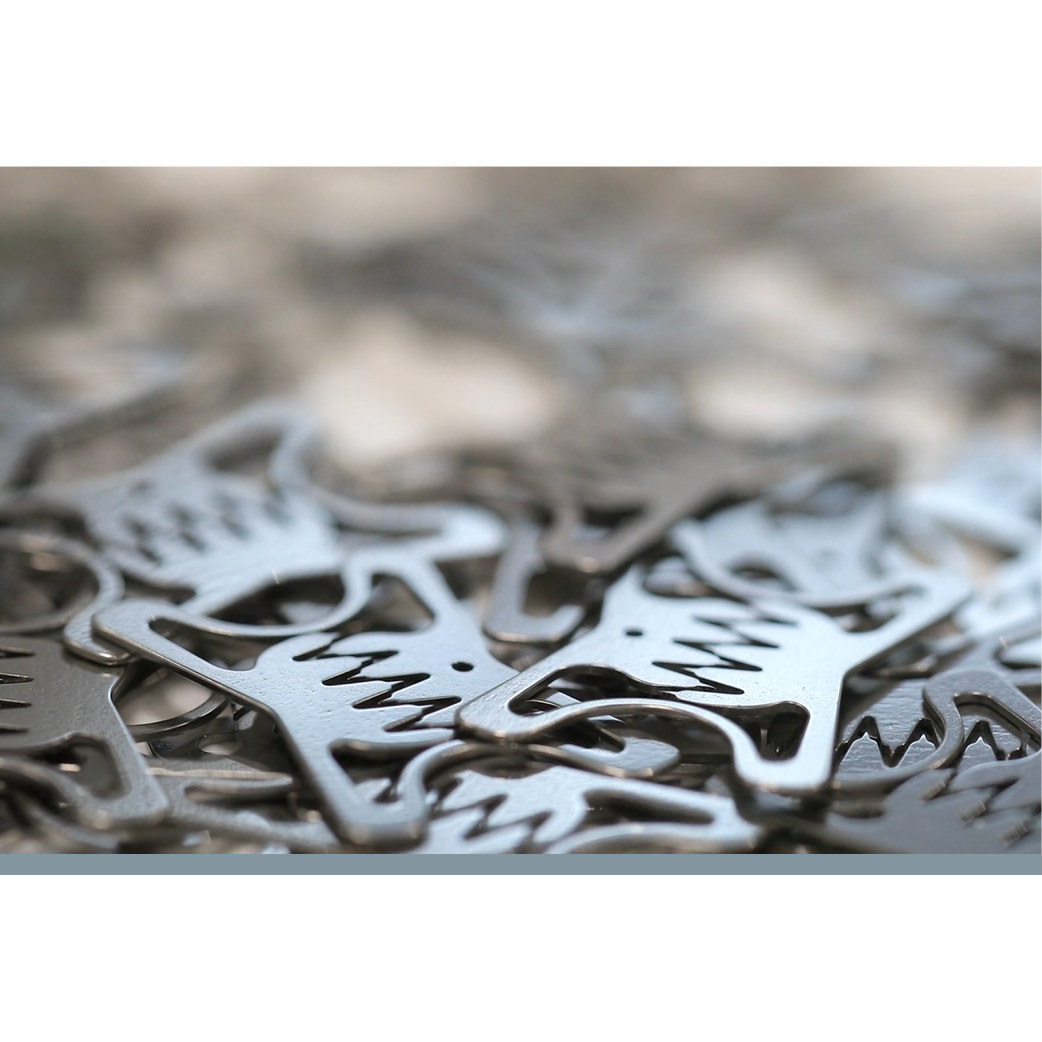Combination therapy of EVT and OTSC® shortens the treatment duration of leaks
Combination therapy of EVT and OTSC shortens the treatment duration of leaks and enables faster recovery after complicated courses
A retrospective analysis of prospectively collected patient data (n=82) on endoscopic vacuum therapy (EVT) shows a significant improvement in the surrogate parameter MTL30 (mortality, transfer, length of stay) when OTSC is also used. Compared to EVT alone, MTL30 was lower with the combination of EVT and OTSC (74% vs. 55%). In addition, the median duration of treatment with the EVT/OTSC method was significantly shorter than with EVT alone (20 days vs. 32 days).
Reimer et al. retrospectively analysed prospectively collected data on endoscopic vacuum therapy (EVT) from the University Hospital Würzburg, Germany. Two groups (EVT vs. EVT/OTSC) of 42 patients each were examined. Patients in the EVT group received EVT until complete healing of the anastomotic insufficiency (AI) In contrast, patients in the EVT/OTSC group received EVT first to consolidate AI before a definitive clip closure with OTSC was performed. All patients with preventive EVT, treatment failures, and deceased patients were excluded. The study was recently presented at the DGVS 2023 conference (German Society of Gastroenterology, and Digestive and Metabolic Diseases with Endoscopy Section) in Hamburg, Germany.
There were no differences between the two groups in terms of morbidity, mortality, age, and type of operation. Significant differences were found for the surrogate parameter MTL30 (mortality, transfer, length of stay). This parameter was 74% (31/42) in the EVT group and 55% (23/42) in the EVT/OTSC group. Compared to the EVT group (60%; 25/42), more patients with OTSC closure were able to eat orally at discharge (98%; 41/42). Additionally, the median duration of therapy in the EVT/OTSC group was significantly shorter (20 days vs. 32 days in the EVT group).
According to Reimer et al., EVT is a safe and effective method for the treatment of AI. However, primary clip closure in the upper gastrointestinal tract is rarely successful in the long term. The results of the analysis show that the combination of EVT for preparation and subsequent OTSC clip closure is effective and efficient. It shortens the treatment duration of leaks and enables faster recovery after complicated courses. It is important to ensure sufficient consolidation of the defect (diameter <10 mm, vital regenerative epithelium at the edges). The EVT/OTSC method is particularly advantageous for patients with multiple defects/AI as well as non-compliant and multimorbid patients.
Reimer S, Seyfried F, Lock J, Germer CT, Meining A. Endoskopische Vakuum Therapie (EVT) versus EVT/OTSC bei Anastomoseninsuffizienz (AI) im oberen Gastrointestinaltrakt. [Endoscopic vacuum therapy (EVT) versus EVT/OTSC for anastomotic insufficiency (AI) in the upper gastrointestinal tract]. KV318. DGVS 2023 (September 11-16), Hamburg, Germany.
 |


 Deutsch
Deutsch  Français
Français 